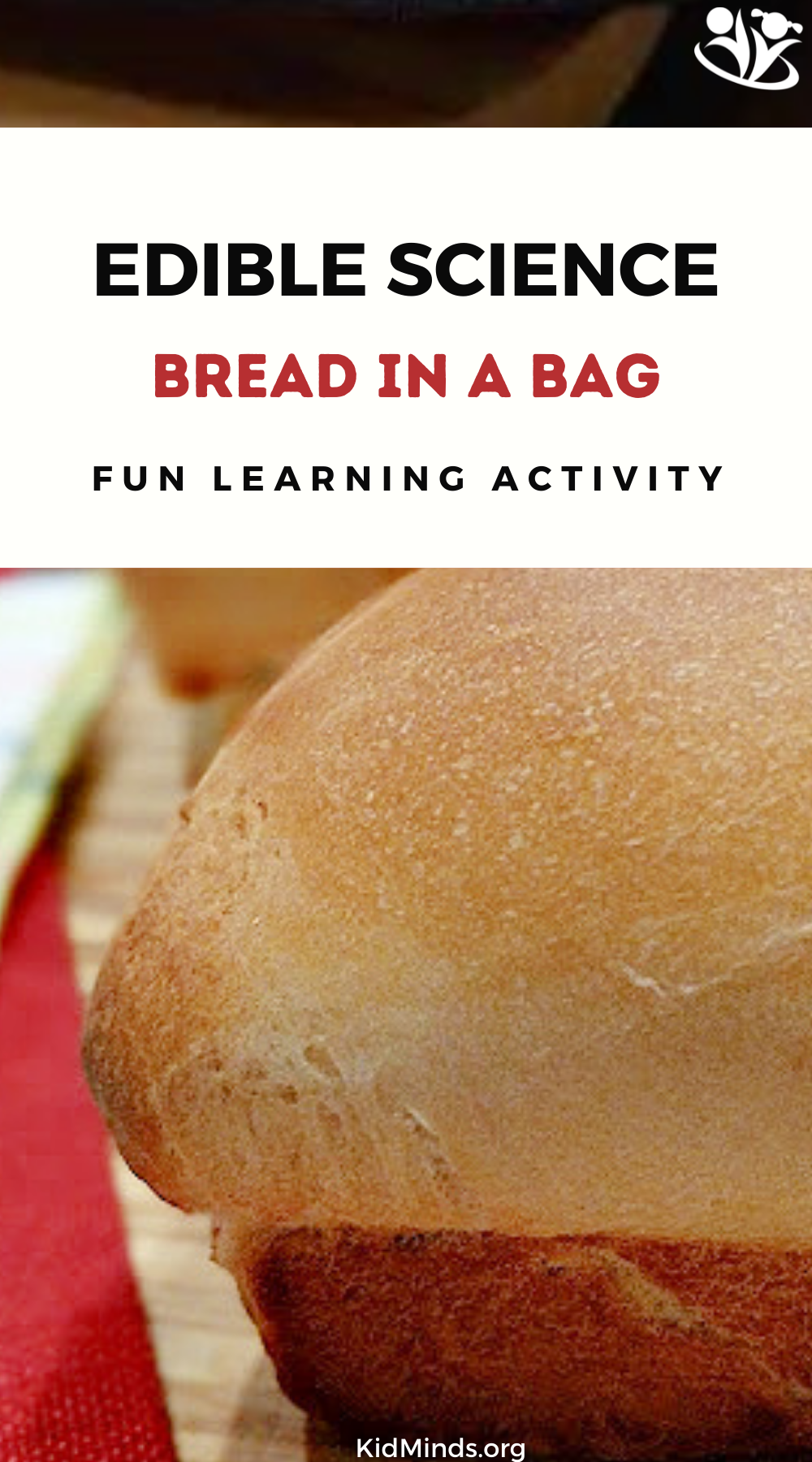Absolutely! Here’s a 2500-word article about making “bread in a bag” with a busy toddler, incorporating `
` and `
` tags for subheadings:
The kitchen, often the heart of the home, can also be a battleground when you have a busy toddler. Their boundless energy and insatiable curiosity can make even the simplest tasks feel like a Herculean effort. But what if I told you that you could harness that energy, engage their senses, and create something delicious together? Enter: Bread in a Bag. This simple, hands-on activity is perfect for little ones who love to explore, get messy, and of course, eat!
Sensory Exploration and Development

Toddlers learn best through sensory experiences. The feel of flour sifting through their fingers, the squish of dough between their palms, and the warm, yeasty aroma filling the air – these are all powerful sensory inputs that stimulate their brains and promote cognitive development.
Tactile Learning
The act of kneading dough is a fantastic way to develop fine motor skills and hand-eye coordination.
Olfactory Stimulation
The rising yeast and baking bread release wonderful smells that can be both calming and stimulating.
Engaging and Educational
Bread in a bag isn’t just about making bread; it’s a fun and educational activity that teaches toddlers about science, math, and following instructions.
Science in Action

Watching yeast activate and make the dough rise is a simple yet fascinating science experiment.
Early Math Skills
Measuring ingredients together introduces them to concepts like volume and quantity.
Following Instructions
Following a recipe, even a simple one, teaches toddlers the importance of sequencing and following instructions.
A Perfect Activity for Busy Toddlers
Toddlers are known for their short attention spans, but bread in a bag can keep them engaged for a surprisingly long time.
Simple and Quick
The recipe is easy to follow and doesn’t require any fancy equipment.
Messy Fun
Let’s face it, toddlers love to get messy.
A Sense of Accomplishment
There’s nothing quite like the feeling of accomplishment that comes from creating something with your own hands.
Ingredients
2 cups all-purpose flour
Instructions
Mixing the Dry Ingredients
1. In the zip-top bag, combine the flour, yeast, sugar, and salt.
2. Seal the bag and let your toddler shake it to mix the ingredients. This is a great way to engage their gross motor skills.
Adding the Water
1. Open the bag and add the warm water.
2. Seal the bag tightly, ensuring all air is removed.
Kneading the Dough
1. Let your toddler squish and knead the dough inside the bag. This is where the real fun begins!
2. Continue kneading for about 5-10 minutes, or until the dough is smooth and elastic.
Letting the Dough Rise
1. Place the bag in a warm place for about 30-45 minutes, or until the dough has doubled in size.
2. You can place the bag in a sunny spot or near a warm oven.
Shaping and Baking
1. Preheat your oven to 375°F (190°C).
2. Once the dough has risen, carefully remove it from the bag and shape it into a small loaf or individual rolls.
3. Place the dough on a lightly greased baking sheet.
4. Bake for 20-25 minutes, or until golden brown.
Cooling and Enjoying
1. Let the bread cool slightly before slicing and serving.
2. Enjoy your homemade bread with butter, jam, or your favorite toppings.
Safety First
Always supervise your toddler during the entire process.
Making it Fun
Let your toddler choose their favorite toppings or fillings.
Adapting the Recipe
You can add herbs, cheese, or other ingredients to customize the flavor.
Dealing with Messes.
Put a plastic table cloth down before starting.
Reading and Research
Read books about bread and baking with your toddler.
Gardening and Growing
Plant wheat or other grains in your garden.
Cooking and Tasting
Try different bread recipes from around the world.
Bread in a bag is more than just a recipe; it’s an opportunity to create lasting memories with your toddler. By engaging their senses, fostering their curiosity, and allowing them to explore their creativity, you can turn a simple kitchen activity into a meaningful learning experience. So, grab your flour, zip up your bag, and let the baking adventure begin!

